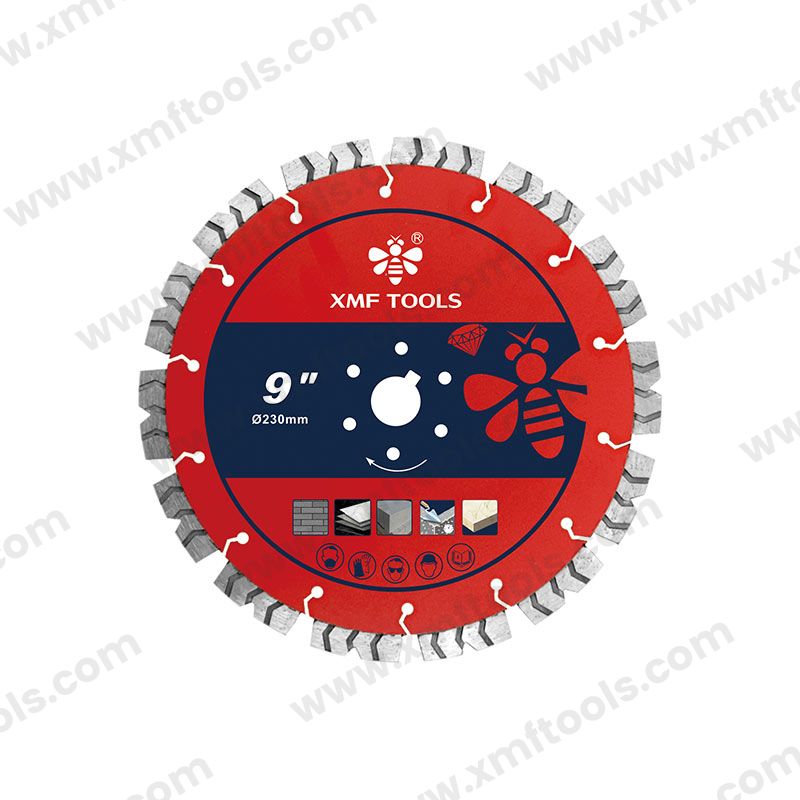What Factors Influence Your Choice of Laser Welded Saw Blades?
When selecting the ideal cutting tool, a key consideration is the type of saw blade. Among the various options, the Laser Welded Saw Blade stands out for its unique features and benefits. In this article, we will explore the primary factors influencing your choice of laser welded saw blades, providing you with valuable insights to make an informed decision.
If you are looking for more details, kindly visit Laser Welded Saw Blade.
Understanding Laser Welded Saw Blades
Laser welded saw blades are known for their durability and precision. The advanced laser welding technique used in their production ensures a strong bond between the blade and the cutting segments. This process not only enhances the blade's lifespan but also improves cutting accuracy, making them an essential tool in various industries, including construction, manufacturing, and woodworking.
Key Factors to Consider
Blade Material
The material of the Laser Welded Saw Blade significantly affects its performance. Common materials include carbide and High-Speed Steel (HSS). Statistics show that carbide blades are preferred for their longevity and resistance to wear, especially when cutting harder materials. A study by the Journal of Materials Processing Technology indicates that carbide blades can last up to 50% longer than HSS blades under similar cutting conditions.
Diameter and Tooth Count
The diameter of the blade and its tooth count are vital factors in determining the type of cuts you can achieve. Larger diameter blades are better suited for heavy-duty applications, while smaller blades excel in intricate cuts. Research from the Toolbox Buzz reveals that higher tooth counts lead to smoother cuts. For instance, blades with 60 teeth are ideal for fine woodworking, while 24 teeth blades are better for aggressive cuts.
Application Type
Your specific application will heavily influence your choice of Laser Welded Saw Blade. Whether you're tackling hardwood, softwood, concrete, or metal, there's a specialized blade for each material. According to a report by Woodworking Network, using the correct blade can reduce cutting time by as much as 30%, leading to increased productivity.
Cutting Speed and Feed Rate
The optimal cutting speed and feed rate depend on the material being cut and the type of blade used. A survey conducted by the Industrial Heating found that improper feed rates can lead to premature blade wear and affect the overall quality of the cut. Selecting a Laser Welded Saw Blade optimized for specific feed rates ensures effective material removal without damaging the blade.
Cooling Systems
Integrating cooling systems with your cutting tools can dramatically enhance their performance and longevity. Studies from the American Society of Mechanical Engineers show that utilizing a cooling system can reduce blade temperature and minimize thermal expansion, resulting in cleaner cuts and extended blade life.
Cost vs. Performance
While it may be tempting to choose the least expensive option, investing in high-quality Laser Welded Saw Blades can lead to better performance and lower long-term costs. According to a cost-benefit analysis by Machinery Lubrication, premium blades may be 20-30% more expensive but often last significantly longer, resulting in lower overall expenditure.
Conclusion
Choosing the right Laser Welded Saw Blade requires careful consideration of several factors, including blade material, diameter, application type, cutting speed, and cost. Understanding these elements will help you make an informed decision, ensuring that you find the best tool for your cutting needs. By investing in the right saw blade, you can enhance your efficiency, improve cut quality, and ultimately achieve better results in your projects.
You will get efficient and thoughtful service from XMF.


Comments
Post a Comment